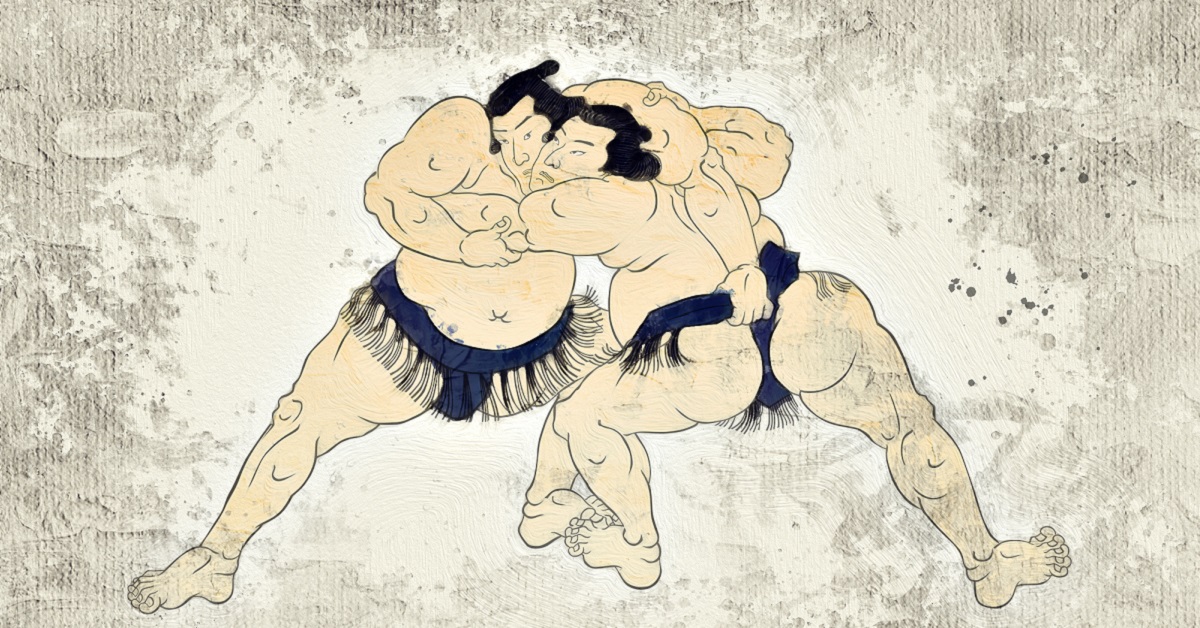For those just getting into sumo or foreigners curious about Japanese culture, how much sumo wrestlers earn is a fascinating topic. This article breaks down the salary system by rank, bonuses, prize money, and even life after retirement in an easy-to-understand way.
- How Sumo Wrestler Salaries Work by Rank
- Bonuses and Allowances Sumo Wrestlers Receive
- Life and Finances of Wrestlers Below the Juryo Rank
- How Much Do Wrestlers Earn from Prizes and Sponsorships
- Foreign Sumo Wrestlers’ Earnings and Cultural Adjustments
- Retirement, Pensions, and Second Careers in the Sumo World
- Conclusion
How Sumo Wrestler Salaries Work by Rank
In sumo, a wrestler’s salary is determined by their “banzuke” (ranking). As they move up the ranks, their income increases, making this system a very clear-cut example of merit-based pay. Top-level wrestlers such as yokozuna and ozeki receive high monthly salaries, while those ranked below juryo receive no salary at all.
| Rank | Monthly Salary (JPY) |
|---|---|
| Yokozuna | Around 3,000,000 |
| Ozeki | Around 2,500,000 |
| Sekiwake/Komusubi | Around 1,800,000 |
| Maegashira | Around 1,400,000 |
| Juryo | Around 1,100,000 |
| Makushita and below | No salary (allowances only) |
Wrestlers below juryo must rely on basic support from their stable, while those who become sekitori (ranked juryo or higher) see a dramatic improvement in living conditions. This system creates a large income gap between ranks, making promotions vital.
Bonuses and Allowances Sumo Wrestlers Receive
In addition to their base salary, sumo wrestlers receive various bonuses and allowances depending on their performance and achievements. These include the kachikoshi (winning record) bonus, basho participation allowances, special prize bonuses, and twice-yearly seasonal bonuses.
| Type of Allowance | Description |
|---|---|
| Kachikoshi Bonus | Paid according to the number of wins |
| Basho Allowance | Fixed amount paid based on rank |
| Special Prize Bonus | For winning sansho (Fighting Spirit, Technique, Outstanding Performance) |
| Biannual Bonus | Summer and winter bonuses based on results |
These bonuses can significantly increase a wrestler’s total income, especially for mid-ranking wrestlers who consistently perform well. Multiple special prize wins, for example, bring not only recognition but also substantial financial rewards.
Life and Finances of Wrestlers Below the Juryo Rank
Wrestlers below the juryo rank receive no base salary, instead depending on their sumo stable for food, housing, and training facilities. However, personal expenses such as mobile phone bills, medical costs, or family support must be paid from their own pockets.
Below is a breakdown of typical expenses:
| Category | Description |
|---|---|
| Living expenses | Daily necessities, going out, mobile fees |
| Medical costs | Treatment, clinic visits, medication |
| Family support | Remittances to family, personal gifts |
Promotion to juryo brings significant lifestyle changes, including the provision of personal equipment, appearances on television, and eligibility for allowances. For many, this is the milestone that transforms sumo from a dream into a viable profession.
How Much Do Wrestlers Earn from Prizes and Sponsorships
During tournaments, corporate sponsors may offer kensho (prize money) for notable matches. These are seen as banners around the ring before a bout. Each kensho envelope is worth approximately 62,000 yen. However, only about 30,000 yen is paid directly to the wrestler, while the remaining amount is deposited for future use.
| Item | Amount (JPY) |
|---|---|
| Total Kensho Amount | Around 62,000 |
| Amount Paid to Wrestler | Around 30,000 |
| Deposited Amount | Around 32,000 |
In addition, the makuuchi (top division) tournament champion receives around 10 million yen, while the juryo champion receives about 2 million yen. Each of the three sansho (special prizes) comes with a bonus of approximately 2 million yen.
For popular and successful wrestlers, kensho and prize money can become a major source of income.
Foreign Sumo Wrestlers’ Earnings and Cultural Adjustments
Foreign wrestlers often send remittances to their families back home, meaning their earnings are affected by currency exchange rates. This makes financial management more complex compared to local wrestlers.
They also face language and cultural barriers, which they must overcome to succeed. Most foreign wrestlers work hard to learn Japanese and adapt to daily life in the sumo stable. This determination and effort are key factors behind their success, as seen with famous foreign yokozuna like Hakuho and Asashoryu.
Sumo offers equal opportunities, allowing skilled wrestlers from any country to rise to the top.
Retirement, Pensions, and Second Careers in the Sumo World
When wrestlers retire, those who meet specific requirements can receive a sumo pension. If they served long enough, they may also be eligible for a lump-sum retirement allowance. These benefits offer financial stability in life after sumo.
| Condition | Benefit |
|---|---|
| 10+ years as sekitori | Eligible for pension |
| 20+ years in association | Pension + retirement payment |
Wrestlers may also continue in the sumo world by becoming oyakata (elders) if they obtain a toshiyori (elder stock). Others may find new careers as TV commentators, lecturers, or public figures. Sumo offers a path for lifelong involvement, both in and out of the ring.
Conclusion
The earnings of sumo wrestlers are highly dependent on performance and rank. Only those ranked juryo and above receive a monthly salary, while lower-ranked wrestlers must rely on support and personal determination to survive. As wrestlers rise through the ranks, their income increases through various bonuses, kensho, and prize money.
Additionally, the sumo world provides systems for retirement and career support, allowing wrestlers to remain connected to the sport after their active years. Sumo is more than just physical competition — it is a way of life, shaped by discipline, perseverance, and tradition.





コメント